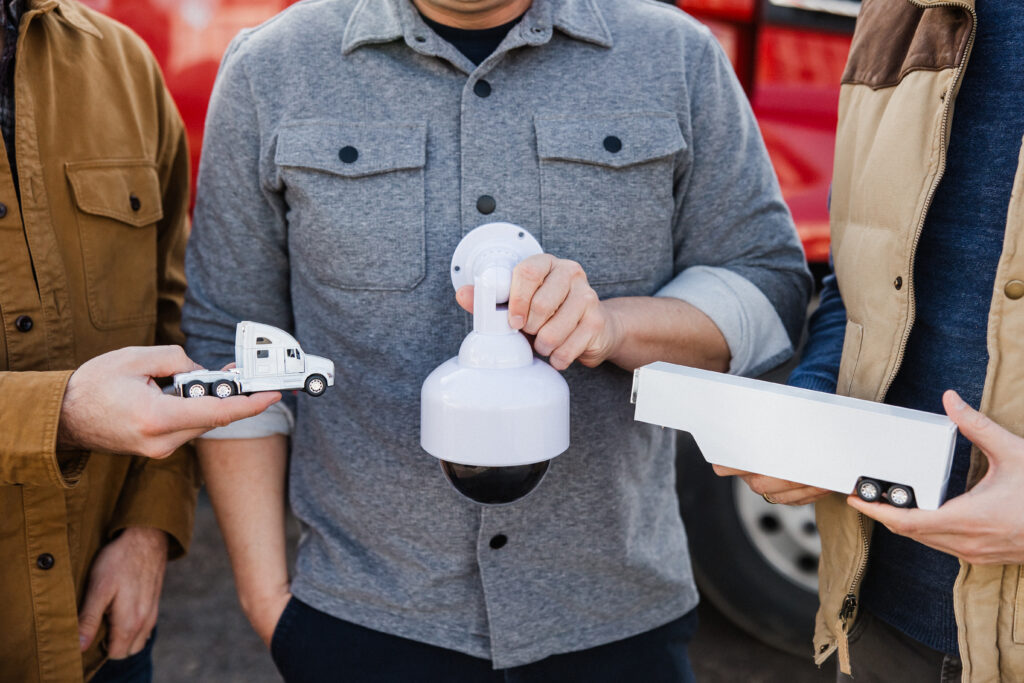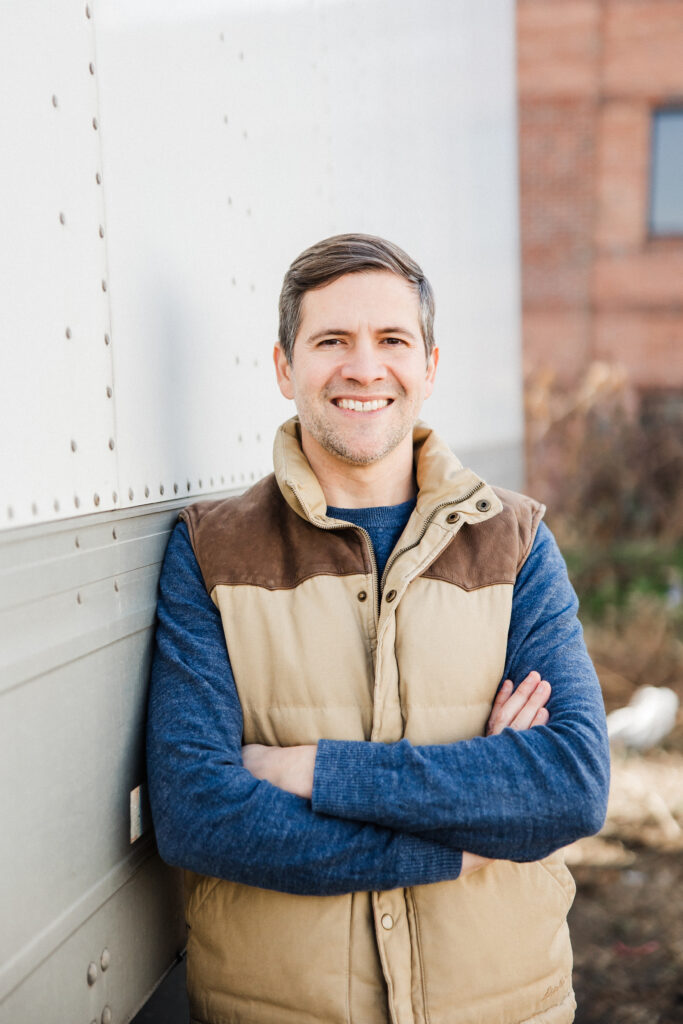Like many on September 11th 2001, Ryan Joyce stared in disbelief at the television screens as he watched the second plane hit the World Trade Center in New York City. But it was the next image on the screen that made his heart sink further: the gaping hole and ensuing inferno at the Pentagon – the exact location where his father had gone to work that morning.

“The plane impacted just underneath his office. He was blown back against a wall and instantly the office was engulfed in flames. By God’s grace, he narrowly made it out before the floor collapsed and made it home that night,” said Joyce
Joyce went to bed that night in a strange new America, but with a crystal clear vision for his future: he was determined to do everything he could to stop another similar attack on America. A few years later, having learned Arabic and spent time living in the Middle East, Joyce was recruited into the US government where he met Blake Balch – a good-natured east Texan with an endearing southern drawl. “We were fast friends,” said Balch, “with a united vision of combatting terrorism together.”

Over the next decade, the two would deploy to the far-reaches of the globe helping gather intelligence while using disparate datasets and distributed sensor networks to pinpoint the locations of terrorists and disrupt their activities. The two saw firsthand the power of using an ‘all-source intelligence’ approach to preventing another 9/11 from happening.
“I remember for a whole month the US intelligence community was going crazy over a report that Al-Qa’ida had plans to conduct a sarin gas attack,” said Joyce. “Little did I know that our future co-founder was busy at work calculating the impact of such an attack.”

A few years younger, but definitely twice as smart, Joe Sherman was a chemist who was leveraging the latest advances in data science to model out different attack scenarios. This work sucked him into the world of Machine Learning and soon he was one of the US government’s best resources for applied Artificial Intelligence, with a focus on computer vision.
Finally, fate struck in 2020 when Joyce, Balch, and Sherman all met working at an early-stage startup in the Washington DC area. Together, they developed and patented a new technology to passively track people across cameras without the use of face or gait recognition. “The impetus for the technology was the terrorist attack on the Boston Marathon,” explained Joyce. The Tsarnaev brothers were captured on hundreds of cameras, but investigators had to manually review each camera’s footage – and their hats and glasses made facial recognition software ineffective. “We built technology that allowed one analyst to do in seconds what used to take a hundred analysts a few weeks or months,” Sherman noted.
The technology went through various twists and turns before finally finding a home among retail analysts. “We are proud that some of the largest malls in the world are now using the tech,” shared Balch, “but the three of us had to be honest that we hadn’t set foot in a mall in years.” And so, the three began looking for another challenge – which was no small feat given COVID had started to siege the world. But this also laid bare an opportunity.
“Supply chain. Supply chain. Supply chain” said Joyce with a chuckle. “It was all over the news – and I felt like there were some massive problems there we could solve.” At first the team looked at maritime shipping, but saw that this was a crowded space thanks to the availability of AIS data that allowed anyone to track a ship’s location. Then they ruled out planes for the same reason. “Anyone can check a flight’s location online thanks to the ADS-B tracking network,” shared Balch.

But there was one form of transportation that didn’t have ubiquitous tracking yet: trucks.
“We started talking to major players in this space – freight brokers, truck carriers, shippers – and everyone complained that there was a lack of good data,” said Joyce. One customer told them that the first company to successfully collect ubiquitous data on all trucks on the roads would become a $100 billion company overnight. “Talk about a carrot! We got to work immediately.”
A month later and the team had built a sensor capable of pulling critical data from trucks as they flew by at highway speeds. “We went back and showed the same customer what we could do…and they gave us a $7.5 million acquisition offer the very next day,” said Joyce with a grin. “We knew we had struck gold.”
Since then, the team raised a few rounds of venture capital and have built the largest nationwide network of sensors to collect on US truck traffic – and customers have been lining up to get access to their Freight Intelligence platform. But for the GenLogs team, the motivations aren’t strictly financial: “We have already seen how this data can help stop fraud, theft, and tackle other sticky issues like human trafficking and fentanyl smuggling,” remarked Sherman. “It’s incredible to see our data be used to make America safer and stronger!”
Joyce grins and says, “We used to track terrorists…and now we track trucks.”














